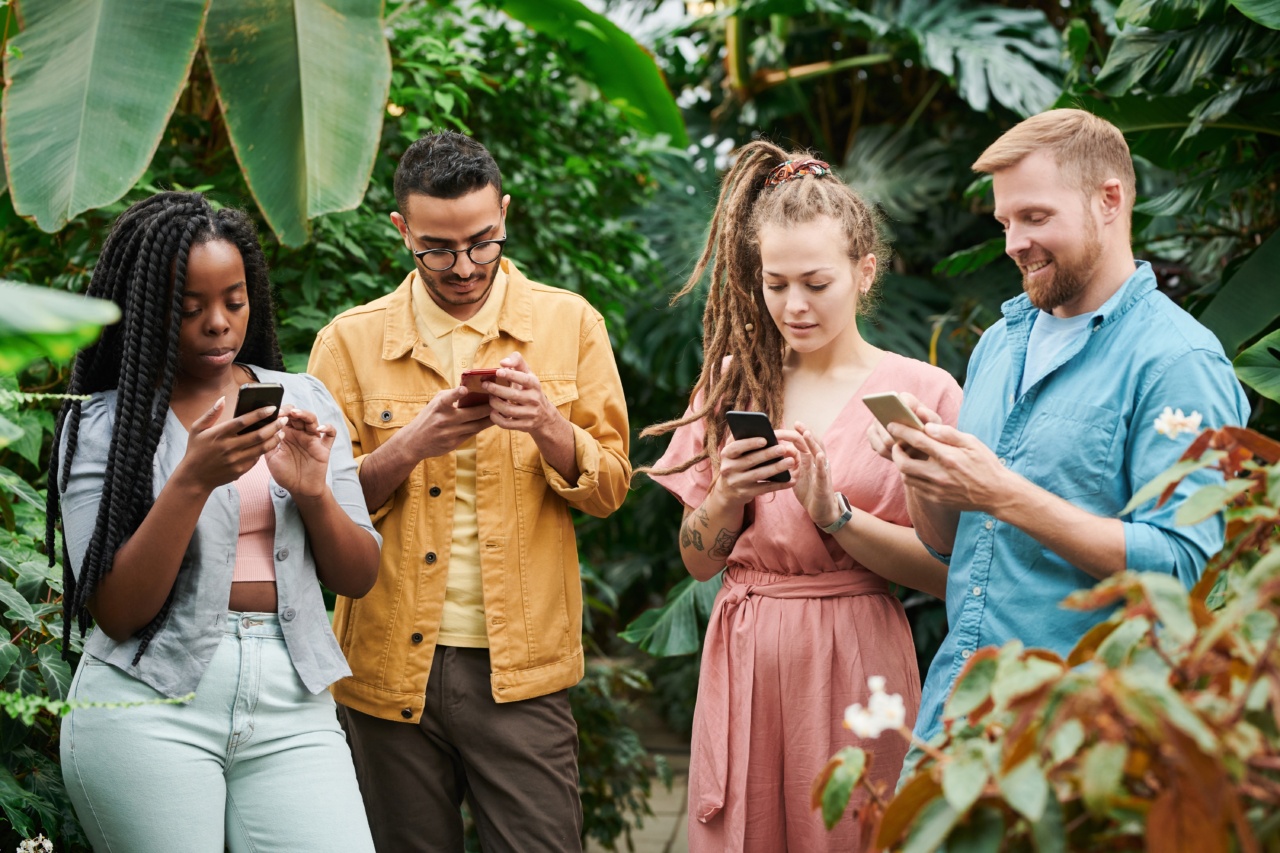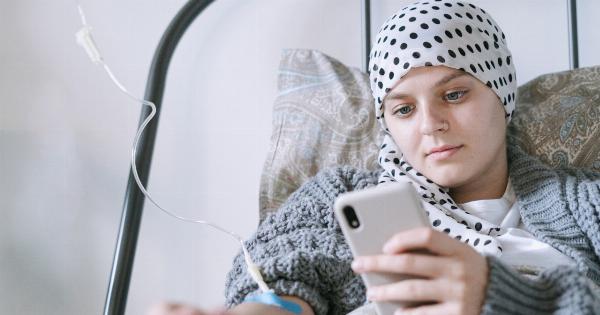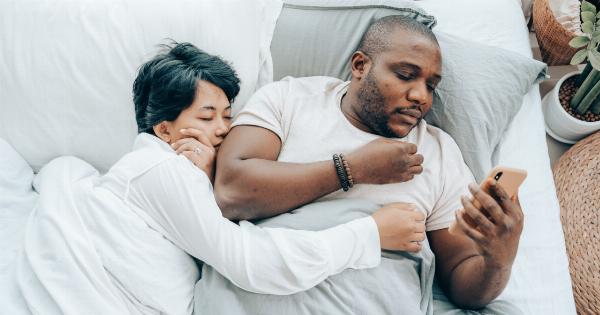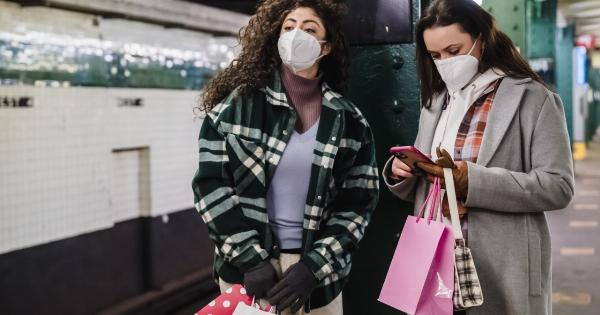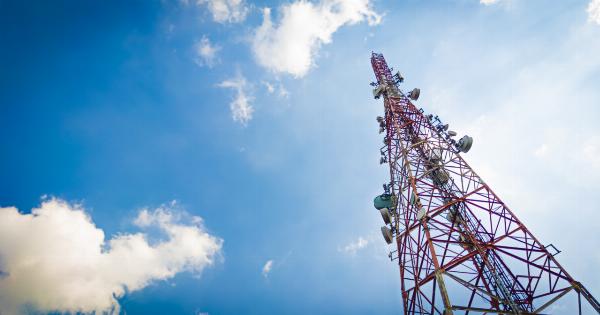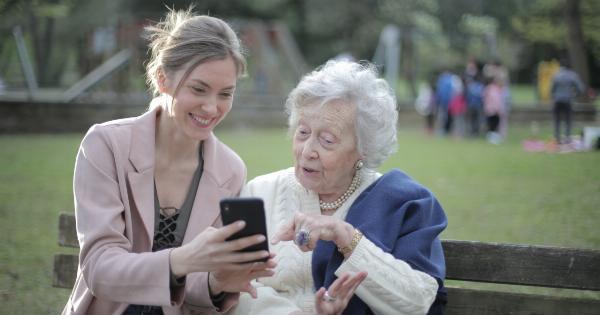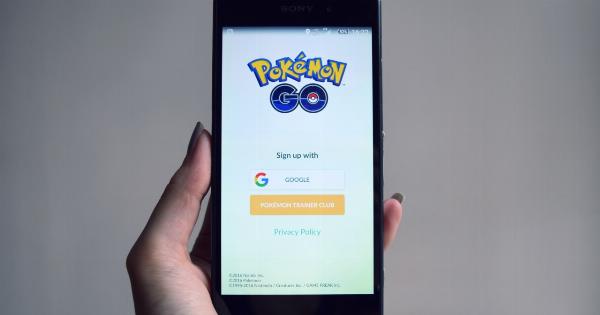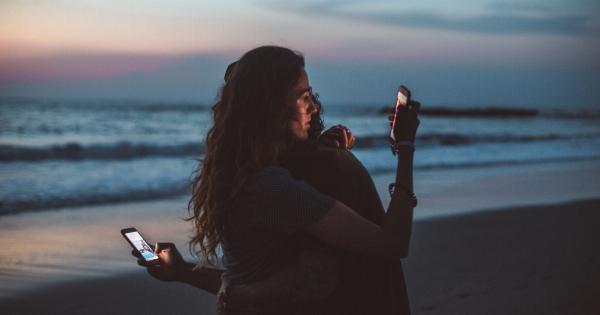Mobile phones have revolutionized the way we communicate, work, and entertain ourselves. However, they also bring certain health risks, such as eyestrain and headaches.
Another phenomenon that has emerged recently is temporary blindness caused by staring at the screen of a mobile phone in the dark. Let’s explore what temporary blindness is, why it happens, and how you can prevent it.
What is temporary blindness?
Temporary blindness, also known as “transient smartphone blindness” or “TASB,” occurs when you look at a bright light source, such as a mobile phone screen, in a dark environment.
Your eyes adjust to the dark and become more sensitive to light, but when you look at the phone screen, it produces a sudden burst of brightness that overwhelms your retinas. This causes a temporary loss of vision in one or both eyes, usually lasting from a few seconds to a few minutes.
Why does it happen?
The exact mechanism behind temporary blindness is not fully understood yet, but scientists have come up with some hypotheses.
One theory is that when you look at the phone screen, the visual information from one eye dominates over the other, causing a “binocular rivalry.” The brain tries to reconcile the conflicting signals by suppressing one eye’s image, resulting in temporary blindness. Another theory is that the light from the phone screen causes the pupils of your eyes to constrict, which reduces the amount of light entering your retina.
When you look away from the screen, your pupils are slow to dilate back to their normal size, which reduces your vision temporarily.
Who is at risk?
Temporary blindness is more likely to occur in people who use their mobile phones extensively in the dark, such as when lying in bed or in a movie theater.
It can also happen after a rapid change in posture, such as lying down or sitting up abruptly, which can affect blood flow to the eyes. Women seem to be more susceptible to TASB than men, possibly due to their smaller and more sensitive pupils.
How can you prevent it?
The best way to prevent temporary blindness is to avoid using your mobile phone in the dark altogether. If you must use it, try to reduce the brightness level of the screen and hold it at least 30 centimeters (12 inches) away from your eyes.
Also, avoid sudden changes in posture and take frequent breaks to rest your eyes. If you experience temporary blindness, close your eyes and relax for a few minutes until your vision returns to normal.
Conclusion
Temporary blindness caused by mobile phones is a relatively new phenomenon that highlights the potential risks of excessive screen time. While it is not a serious or permanent condition, it can be disconcerting and inconvenient.
By following some simple precautions, you can minimize your risk of experiencing TASB and protect your eyesight in the long run.
